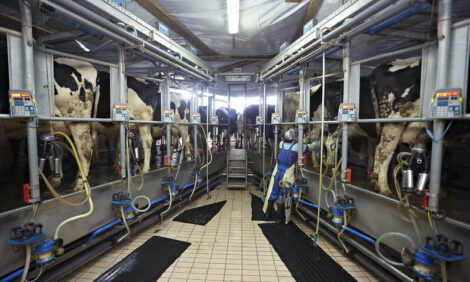



Value Of Whey Increases, So Does The Price
US - The price of whey, a dairy by product used as fertilizer and as an ingredient in many other foods, has soared to record highs as a result from more global demand and less supplies. "If you are a dairy farmer, you are delighted. If you are a consumer it's going to hurt a little," said Bruce Jones, an economics professor at the University of Wisconsin-Madison.Impact of dairy industry
In Wisconsin, the economic impact of dairy farming is more than twice as large as the citrus industry's impact in Florida. Dairy farming contributes roughly $20.6 billion a year to the state's economy and employs 160,000 people, according to industry figures.The prices that processors pay farmers for their milk are expected to rise significantly this year, following a down year in 2006. Whey, as part of a federal milk pricing formula, is contributing to the increases.
Whey for other purposes
Wisconsin cheese plants with the equipment to process whey currently get about 79 cents a pound for it. That's nearly three times higher than the five-year average price. But, unlike Alto Dairy, many plants don't have whey-processing equipment because they don't produce enough of the by product to justify the costs.Source: Reed Business


